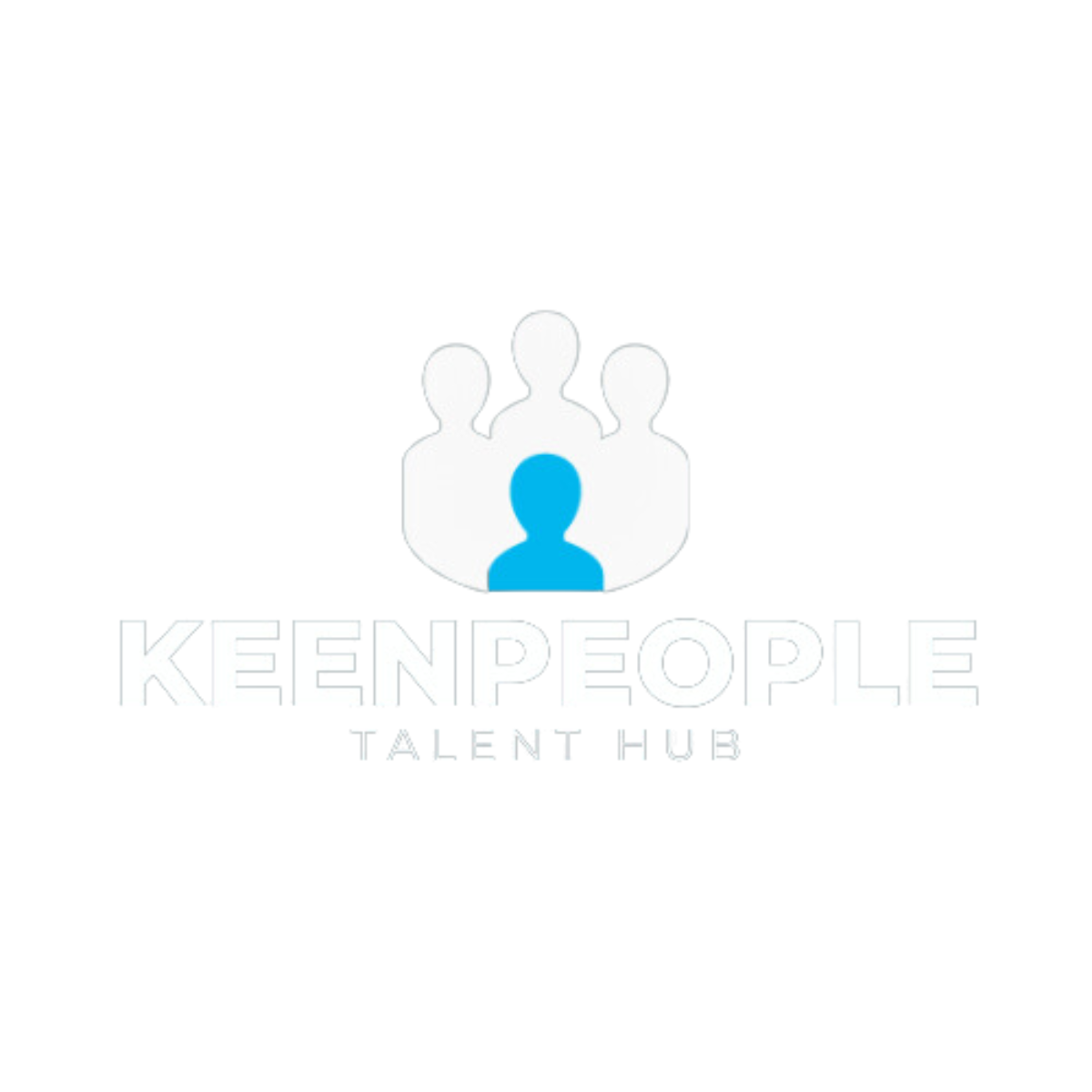For years, job descriptions have been built around degrees, years of experience, and rigid qualification requirements. But as industries evolve and talent shortages grow, companies are rethinking how they assess candidates. The shift towards skills-based hiring is gaining momentum, focusing on what candidates can do rather than where they’ve been. This approach not only widens the talent pool but also allows businesses to find individuals with the right competencies to drive innovation and growth.
More companies are realising that experience alone isn’t always the best predictor of success. A candidate with ten years in the field might struggle to adapt, while someone with a strong skill set but less experience could thrive. The reality is, industries change fast, and the ability to learn, problem-solve, and think critically is often more valuable than a traditional career trajectory. By prioritising skills over credentials, businesses can unlock hidden potential in candidates who may have been overlooked due to non-traditional backgrounds.
Technology is also playing a role in this shift. AI-driven assessments, skills tests, and project-based interviews are becoming more common in the hiring process. These methods allow companies to gauge a candidate’s real abilities in ways that a CV never could. Instead of filtering out talent based on an arbitrary checklist, employers can now evaluate practical capabilities in real time. This levels the playing field, creating opportunities for those who may not have had access to formal education but have gained expertise through alternative routes like self-learning, bootcamps, or hands-on experience.
Beyond benefiting employers, skills-based hiring empowers candidates. It encourages lifelong learning, continuous upskilling, and adaptability—traits that are essential in today’s job market. Candidates who focus on developing their skills rather than chasing traditional career milestones will find themselves in a stronger position as hiring continues to evolve.
The question for businesses isn’t whether they should embrace skills-based hiring—it’s whether they can afford not to. In a world where innovation depends on talent, clinging to outdated hiring practices could mean missing out on exceptional people who have the ability, ambition, and mindset to transform an organisation.
What’s your take on skills-based hiring? Have you experienced the shift first-hand, either as a candidate or employer?










